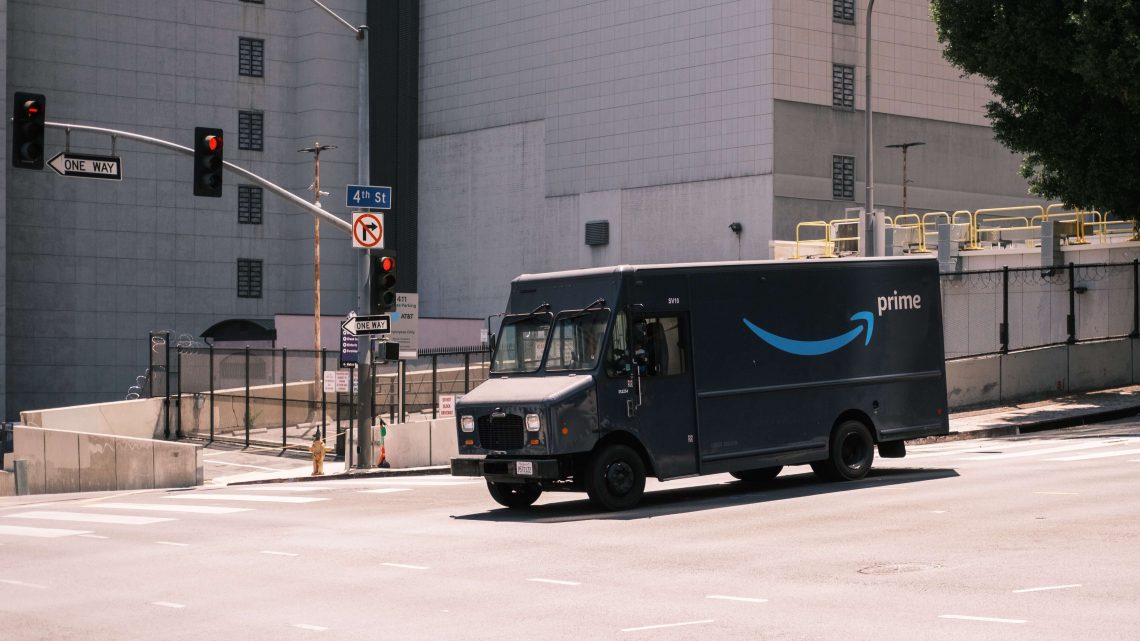As of August 19th, 2022, Amazon’s Delivery Service Program reportedly employed 275,000 drivers at more than 3,000 Delivery Service Partners (DSPs) across the world. With so many delivery partners focusing on local deliveries in communities spanning the globe, one might wonder what the average delivery driver’s experience is within the company. While customers undoubtedly appreciate Amazon’s quick shipping policies, considerable range of products, and affordable pricing, some workers report a less-than-stellar experience delivering for the giant company.
Delivery drivers have spoken out in the past about unforgiving write-up policies, dangerous working conditions, and relentless delivery schedules. In this article, we touch upon some of the most prevalent hazards reported by Amazon delivery drivers over the years.
Types of Delivery Drivers That Work for Amazon
Many people think that every Amazon delivery driver works directly for the company and drives a company vehicle on their delivery route. However, there are actually multiple types of Amazon couriers with a range of different relationships to the parent company. When an Amazon package arrives at your doorstep, it may have been delivered by:
- An Amazon driver: This type of delivery driver works directly for Amazon and uses one of the company’s branded vehicles to carry out their job.
- An Amazon Flex driver: Similarly to an Amazon driver, an Amazon Flex driver works directly for the parent company. However, instead of using one of the company’s delivery vans, an Amazon Flex driver uses their personal vehicle.
- A contracted driver: In some cases, Amazon will enter a contract with a third-party delivery company or individual driver. The contracted company or individual driver will deliver Amazon packages using either a company van or their personal vehicle, depending on the terms of their agreement.
Are Amazon Drivers Frequently Injured While On the Clock?
Delivery drivers for any company or organization are frequently at increased risk of injury during their shift. Delivery drivers are operating cumbersome vehicles with substantial blind spots and are vulnerable to the unpredictable actions of other motorists on the road. There are even hazards after a driver safely makes it to their delivery destination — delivery drivers have been attacked by stray dogs, injured by dangerous properties, or even become the victims of violent crime.
A 2022 CNBC study concluded that nearly 1-in-5 Amazon delivery drivers suffered harm in 2021. This worryingly high rate of injuries was approximately 2.5x as high as the injury rate for non-Amazon delivery agencies. In 2021, one of every seven Amazon delivery drivers suffered wounds so serious that they were held out of work temporarily or for the remainder of the year. Injuries of such severity typically bring with them significant medical bills, along with a mounting loss of income for every day, week, or month that the employee is unable to perform their job.
Working as an Amazon delivery driver seems to carry much more risk than working in one of the company’s warehouses. Injury rates at last-mile delivery stations were reported to be 40% higher than those suffered in Amazon warehouses in 2021. Injuries amongst Amazon drivers, overall, increased from the prior year at a rate of 40%, and it is possible that some injuries went unreported. CNBC’s study certainly seems to indicate that delivering for Amazon does carry an element of danger, even for a reasonably cautious courier.
Leading Causes of Amazon Delivery Driver Injuries
On-the-job injuries can occur for a considerable range of reasons, from inexperience to unrealistic delivery schedules. Some recurring causes of injuries to Amazon delivery drivers include:
- Productivity quotas: Amazon’s productivity quotas can push delivery drivers to deliver hundreds of packages in a single day. Workers that fail to meet their set goals may be fired or written up. According to the Amazon delivery accident lawyers at Monge & Associates, pressuring drivers to meet time constraints can “increase the likelihood of accidents.”
- High turnover: Many Amazon delivery drivers do not remain with the company long-term. As workers leave the company, they may be replaced by less-experienced drivers that are more prone to errors as they learn the intricacies of the job.
- Dangerous route calculations: The Amazon delivery app has reportedly created less-than-ideal routes for drivers in the past. Some delivery drivers claim that the app placed only one stop on their route to drop off packages on both sides of a busy street or sent them on roundabout adventures that took additional time to navigate.
- Unsafe delivery vehicles: Circling back to the concept of delivery quotas, drivers admitted feeling pressured to rush through their vehicle safety inspections to get an early start on the day. This increases the chances of unsafe delivery vehicles making it onto the road, which can lead to serious collisions.
- A lack of break time: Although delivery drivers are encouraged to take breaks throughout the day, many drivers skip them entirely to focus on their quotas. This can lead to increased fatigue, dehydration, and exhaustion impacting the performance of drivers throughout the duration of their shift.
- Dangerous properties: In some cases, packages are delivered to homes or businesses that are not safe. Slippery floors, rotting steps, aggressive dogs, unlit hallways, and broken railings are just a few of the hazards Amazon delivery drivers can face on a daily basis.
What Has Amazon Done to Improve Workforce Safety?
Some of the hazards faced by Amazon delivery drivers are challenging, if not impossible, for the company to fully mitigate. It would be difficult, for example, to protect drivers from the possibility of unexpected attacks by stray dogs. However, there are certainly concrete actions that the business can take to improve the safety of drivers on their daily routes. Some of the steps Amazon has taken to protect their workforce include:
- Improvements to mapping and guidance systems
- Camera technology integrated into vehicles
- Driver safety training programs
- Regular audits of delivery vehicles and partners
The company technically also requires drivers to go through a 60-point vehicle inspection before they can begin delivering packages. If any problems are discovered, the employee is instructed to alert a supervisor and get the problem corrected before leaving for their shift. In reality, some drivers rush through or skip the vehicle inspection to reduce delays and maximize their time spent delivering parcels, which is clearly not ideal.
Delivering for Amazon Seems to Come With Some Risks
When we examine the rate of injuries between Amazon delivery workers and other similar companies, it seems as though there is a disproportionate rate of injuries among the former group. Hopefully Amazon will continue to prioritize the development of effective injury prevention strategies and technologies to keep drivers safe on their routes in the years to come.





No Comment